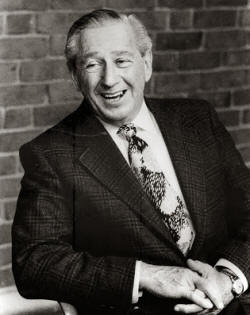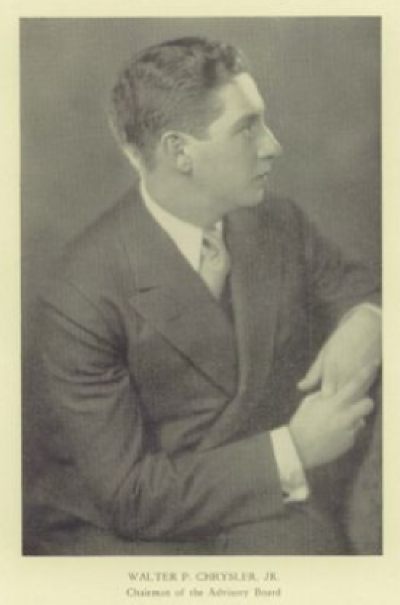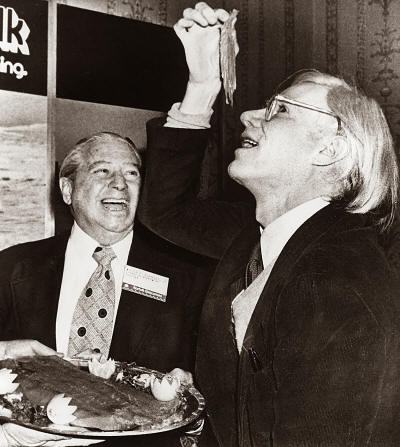

Queer Places:
Dartmouth College (Ivy League), 10 N Main St, Hanover, NH 03755
856 5th Ave, New York, NY 10065
North Wales, 7572 Great Arne Ln, Warrenton, VA 20186
Provincetown Public Library, 356 Commercial St, Provincetown, MA 02657
Chrysler Museum of Art, One Memorial Place, Norfolk, VA 23510
Sleepy Hollow Cemetery
Sleepy Hollow, Westchester County, New York, USA
 Walter Percy Chrysler Jr. (March 27, 1909 – September 17, 1988) was an American art collector, museum benefactor, and collector of other objects such as stamps, rare books, and glassworks. He was also a theatre and film producer.
Walter Percy Chrysler Jr. (March 27, 1909 – September 17, 1988) was an American art collector, museum benefactor, and collector of other objects such as stamps, rare books, and glassworks. He was also a theatre and film producer.
Chrysler, whose father, Walter Chrysler, founded the Chrysler Corporation in 1925, was born in Oelwein, Iowa. He grew up on the family estate at Kings Point on Long Island, New York. He began collecting art as a fourteen-year-old student at The Hotchkiss School in Lakeville, Connecticut. Using $350 that his father had given him as a birthday present, Chrysler purchased a small watercolor landscape that featured an inch-high nude, and he brought the painting to his room at school. His dorm master, believing that it was improper for a young gentleman to display a picture of a nude woman, confiscated the picture and destroyed it. The painting was by Renoir.[1][2][3] Chrysler went on to Dartmouth College, where he started an art magazine called Five Arts with a fellow student and future art collector, Nelson Rockefeller.[1] Leaving Dartmouth after his junior year in 1931, Chrysler embarked on a grand tour of Europe and met Pablo Picasso, Georges Braque, Juan Gris, Henri Matisse, Fernand Léger, and other avant-garde artists in Paris. He bought works from each and soon amassed a large collection of modern art.[2] He also bought works by significant American artists such as Charles Burchfield, John Marin, and Thomas Hart Benton.
In 1934, Chrysler founded the Airtemp division of Chrysler Corporation, which developed the first automotive air-conditioning system. After establishing worldwide distribution, he transferred the patent to the parent company but remained a director.[4] In the following year he became president of the Chrysler Building; he continued in that position until 1953.[2]
Chrysler married Marguerite Sykes in New York City on April 29, 1938.[11] The marriage was unhappy and short lived, and a divorce was granted on December 4, 1939; a contributing factor may have been Chrysler's homosexuality.[12] His first wife, Peggy Sykes, whose marriage to Chrysler lasted less than two years, left a man with few friends. She noted that the major love of his life was "art collecting." Peggy stopped inviting people to their home for socializing, because Chrysler would usually freeze out everyone, often refusing even to speak to their guests. Further alienation arose from his tendency to pay bills late, or not at all.


Walter P. Chrysler Jr. enjoying a light-hearted moment with artist Andy Warhol
On April 10, 1942, four months after the Japanese attack on Pearl Harbor, Chrysler enlisted as a lieutenant junior grade in the U.S. Navy.[5] He served as an avionics officer.[4] While stationed in Norfolk during World War II, Chrysler met Jean Esther Outland (born September 15, 1921), and they married in 1945.[2] They lived on the North Wales estate near Warrenton, Virginia, where Mr. Chrysler bred racehorses and Mrs. Chrysler bred champion long-hair Chihuahuas.[13] The couple had no children, and Mrs. Chrysler predeceased her husband in 1982.[14]
When Chrysler's father died in 1940, he left Walter Chrysler Jr. one-quarter of an $8.8 million estate, together with real property, stocks, bonds, and trust funds.[6] In 1941, one year after his father’s death, Walter P. Chrysler Jr. used a portion of his recent inheritance to buy North Wales Farm, a fabled estate just outside Warrenton, Va., 45 miles west of Washington, DC. With a purchase price of $175,000, the property soon saw further expansion and improvements. The recently divorced Chrysler spent an additional $7.5 million on the estate, expanding the property to 4,200 acres. At the epicenter was a 56-room stone mansion (38,500 sq. ft. including 22 bedrooms, 17 baths and 16 fireplaces), formal gardens, tennis courts, ponds, bridges, fountains, not to mention miles of stone and board fences enclosing an estate that boasted more than 35 out-buildings.
By the late 1950s, Chrysler had established a large art collection. In addition to his paintings, he had amassed an 8,000-piece collection of glass with holdings of Art Nouveau and 19th-century American art glass, perhaps inspired by Chrysler's acquaintance with his Long Island neighbor Louis Comfort Tiffany.[2] Chrysler assisted in the development of the Museum of Modern Art in New York City, serving as the first chairman of its library committee and contributing resources on Dadaism and Surrealism.[7] His works were also exhibited at the Detroit Institute of Arts and the Mellon Library. Although the visual arts were Chrysler's principal interest, he was also active in theatre and filmmaking. He produced the Broadway plays The Strong Art Lonely and New Faces of 1952, the latter helping to launch the careers of Eartha Kitt, Paul Lynde, Carol Lawrence and Mel Brooks.[4][8] Chrysler also produced the film The Joe Louis Story in 1953.[4]
In 1956, Chrysler retired from business to devote his full-time attention to the arts. Soon thereafter an article appeared in Confidential magazine that exposed his homosexual activity, and there had been persistent reports that he had been discharged from the Navy because “he was found to be homosexual.” According to Peggy Earle, author of Legacy, Walter Chrysler Jr. and the Untold Story of Norfolk’s Chrysler Museum of Art, “That Chrysler led something of a double life was widely acknowledged. The fact that he was gay was noted by many of those who knew him professionally and personally. As Chrysler biographer Vincent Cursio mentioned, ‘...in 1938 there was enormous social pressure on gay men to marry and give the appearance of living a normal life.’ ”
Walter Jr. hung out in locations that had strong ties to the homosexual community. Although throughout his life he attempted to appear as a straight man, he had a home in Key West and displayed his growing art collection in Provincetown, Massachusetts, in a 19th-century church building he bought from the Methodists. The museum was nicknamed by locals as “The First Church of Chrysler” or “St. Walter’s”. The structure today serves as the Provincetown library.
Chrysler purchased a disused church in Provincetown, Massachusetts in 1958 for use as the Chrysler Art Museum of Provincetown. In 1962, Chrysler's art collection from his Provincetown museum was displayed at the National Gallery of Canada in Ottawa, Ontario. The Art Dealers Association of America asserted that 90 of the 187 exhibited paintings were fakes.[9] That same year, at Picasso's 80th birthday exhibition at the Museum of Modern Art, the artist himself was shown photographs of six of his works owned by Chrysler, and he wrote faux ("false") across two of them. Chrysler never pressed a case against the dealers who had sold the works to him, but when his collection was eventually transferred to the Chrysler Museum of Art in Norfolk, Virginia, the suspect works were removed.[1] It has been alleged that Chrysler had a reputation for acquiring art works but not paying for them. In 1971, the museum relocated to Norfolk after municipal authorities refused Chrysler's request for tax abatements, although it has been suggested he was asked to leave Provincetown by authorities due to persistent homosexual soliciting.[10]
Chrysler maintained a residence in New York and a home in Key West, but he died near his museum in Norfolk after a long struggle with cancer. Upon Chrysler's death, the Chrysler Museum received three-quarters of the Chrysler Family Trust.[15]
My published books: